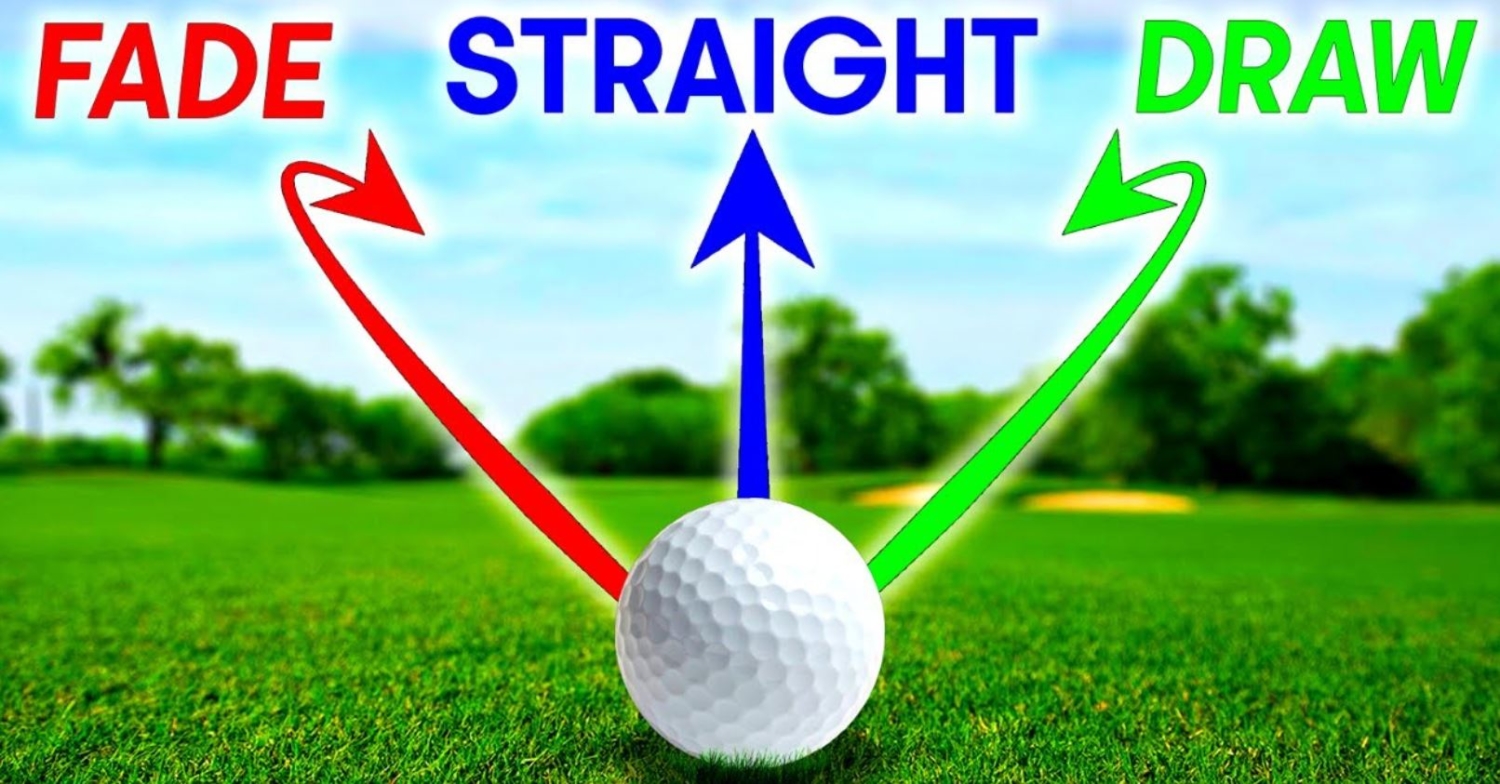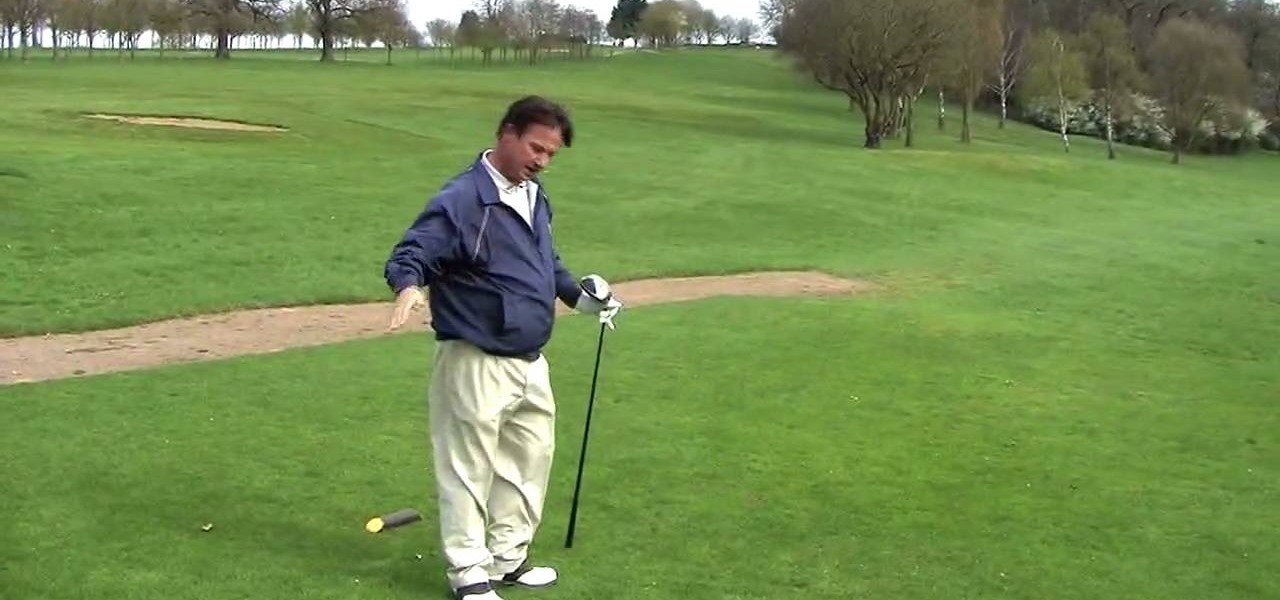

Once you’re in a good starting position, use these tips to turn a weak fade or slice into a power fade.īegin first by moving slightly closer to the ball. You want to feel like you are crowding the ball ever so slightly. Hitting a fade also starts with having a proper setup. I suggest trying out both strategies and see what works best for you or even combine them too. Like so many other parts of this sport, there is no one way to do it. Some coaches teach one way, while others teach another method. By weakening your grip, it makes it much easier to fade it and not roll your hands over.


But, if you want to hit a fade, start by rolling your right hand to the left, but don’t overdo it. Normally, your right palm should be facing the target when gripping the club. Try this method first at the range as it’s easier than adjusting your grip. This will help you not roll your wrists over (which produces a draw) and help you feel like you are holding off the club at impact. Grip the club as normal, but apply more pressure with your left hand. Here are the two most common ways to grip the club: 1. The first part of setting up to hit a fade consistently is to assess your grip.
#Draw and fade in golf how to
Here’s how to set up to hit the fade consistently: How to Grip For a FadeĪs with most shots in this crazy sport, it all starts with your grip. You simply can’t hit a power fade with a closed clubface as it will produce a pull or draw. The more open the face at impact, the more left to right the ball will go (for right-handers). If the face is closed, it will curve to the left. If the face is square, it will go straight. Setup to Hit a Fade Consistentlyįirst, to hit a fade you must have a slightly open clubface at impact. If this sounds good, keep reading so you can learn the fundamentals of how to hit a power fade. Would you rather hit it farther or score lower on a more consistent basis? Who cares if a draw is getting you 5-10 yards more distance. If you want to start lowering your scores and keep it in bounds, start playing a power fade. I’ve played with some great players who drew the ball and could shoot 69 one day and 83 the next day. Simply put, it requires less work from you and your swing.Ī power fade requires less timing and less wrist action – thus, making it a more consistent move. So, why is the power fade such a reliable shot? Plus, if you’re only shaping the golf ball 3-10 yards, it also makes it much easier to hit more fairways and put yourself in a better position for your approach. And let’s get real, who doesn’t want to hit more fairways? Less trouble equals fewer hazards and lost balls, which should equal a lower score for you! The power fade is such a great shot because it won’t get you into much trouble like other ones. The amount of curve depends on what iron/wood you are hitting. This will make it easier to achieve your desired goal and also make you a more complete player.Ī power fade starts left of the target and fading back 3-10 yards. On your way to learning how to hit a draw, work backward on the spectrum from slice to power fade, to straight (if there is such a shot in this game), and then a right to left swing. But if you’re like most and suffering from a slice already, it’s a big change to reshape your flight.īut here’s something you might not have thought of yet. Most amateurs want to play a draw for more distance and because they think it looks cooler. This move has the power to transform your game and the best part is that it doesn’t require a ton of work on your end. If you’re struggling with your slice or want a consistent shot pattern, look no further than power fade to help lower your scores. Needless to say, hopefully knowing that these iconic players choose a left to right ball flight will give you some incentive to learn this shot as well. Some of the best players in history chose a fade over a draw including Ben Hogan, Jack Nicklaus and now Dustin Johnson. Let’s face it, most golfers know the slice all too well but with a few tweaks, you can reshape your slice into a strong, power fade. How much would learning how to hit a fade consistently make you a better golfer?


 0 kommentar(er)
0 kommentar(er)
